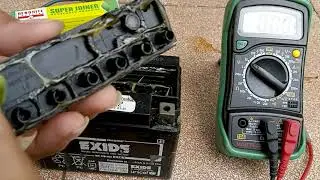Volatile Memory Vs Non Volatile Memory | What Is The Difference?
Volatile Memory Vs Non Volatile Memory.
Volatile memory and non-volatile memory are two distinct types of computer memory that differ in their ability to retain data without power. Here's a breakdown of their characteristics:
Volatile Memory:
Volatile memory requires a continuous power supply to retain stored data.
It is commonly found in the form of Random Access Memory (RAM) in computers.
Volatile memory is used to store data that needs to be accessed quickly by the computer's processor.
When power is lost or turned off, the data stored in volatile memory is immediately erased or lost.
Volatile memory is faster in terms of read and write speeds compared to non-volatile memory.
It is typically used for temporary storage of running programs, operating system data, and data being actively processed by the computer.
Non-volatile Memory:
Non-volatile memory retains stored data even without a power supply.
Common examples of non-volatile memory include hard disk drives (HDDs), solid-state drives (SSDs), flash memory, and read-only memory (ROM).
Non-volatile memory is used for long-term storage of data, such as the operating system, software applications, user files, and other persistent data.
It retains data even when the computer is shut down or restarted.
Non-volatile memory is slower compared to volatile memory in terms of read and write speeds.
It provides persistent storage, allowing data to be accessed over extended periods.
In summary, volatile memory is fast but temporary, requiring continuous power to retain data, while non-volatile memory is slower but persistent, retaining data even without power. Volatile memory is used for temporary storage during the computer's operation, while non-volatile memory is used for long-term storage of data that needs to be preserved between power cycles.
#itechcreator


![[FREE FOR PROFIT] Yeat x Playboi Carti Type Beat - lyricl](https://images.mixrolikus.cc/video/q4JGz533NvY)
















